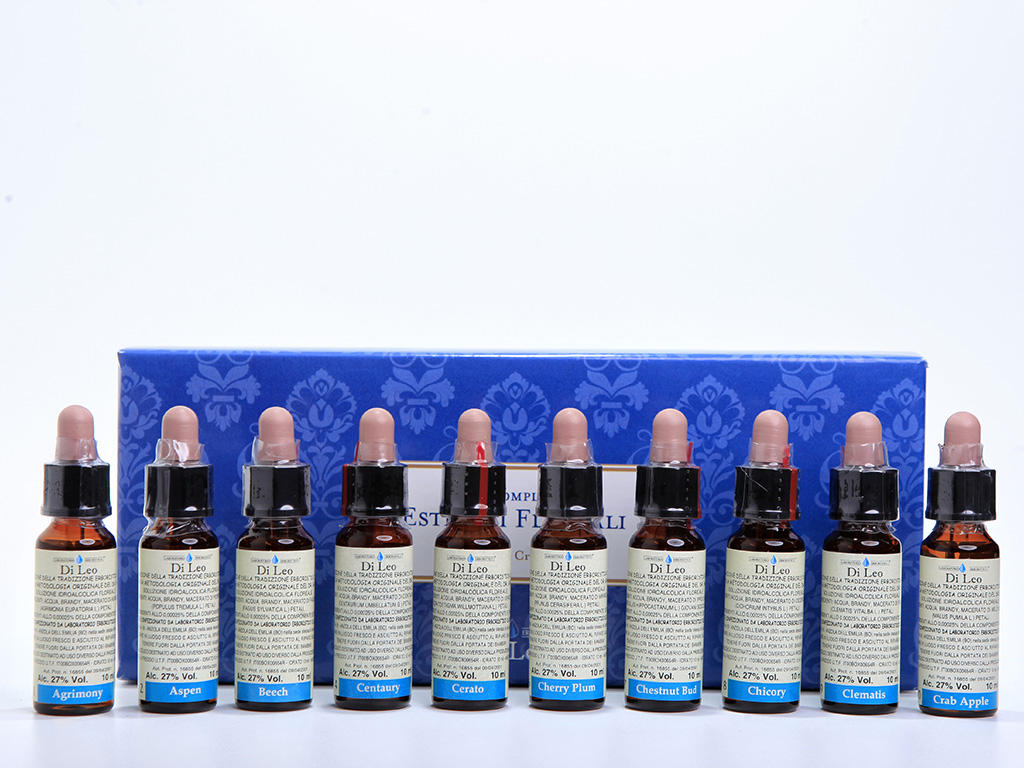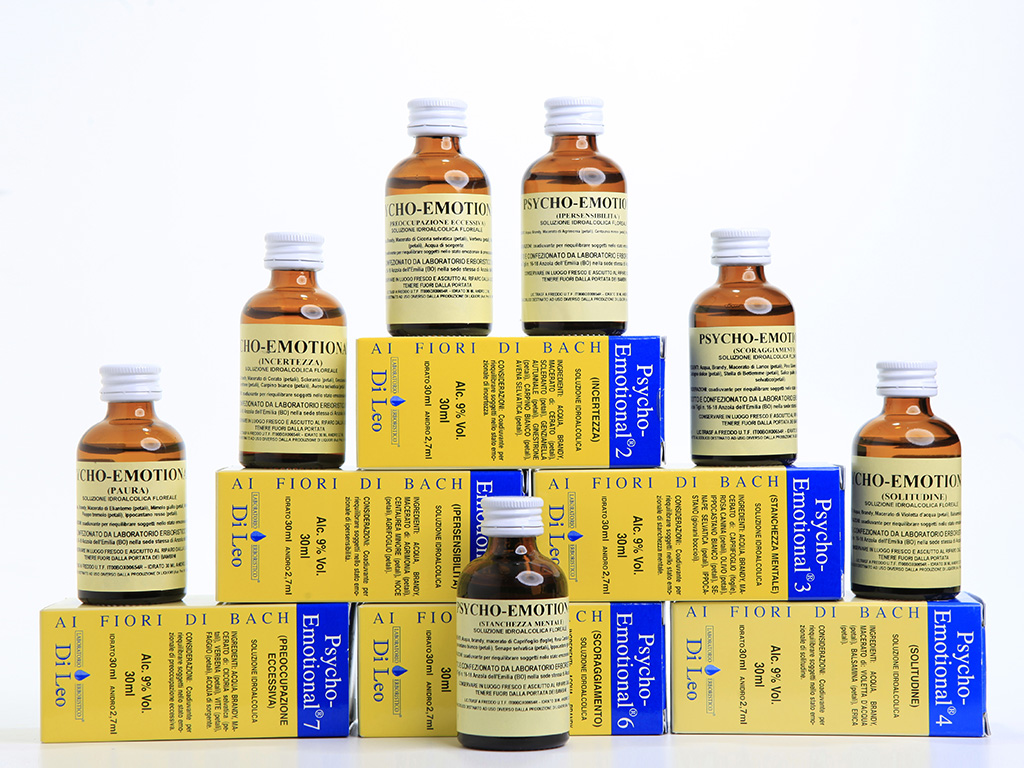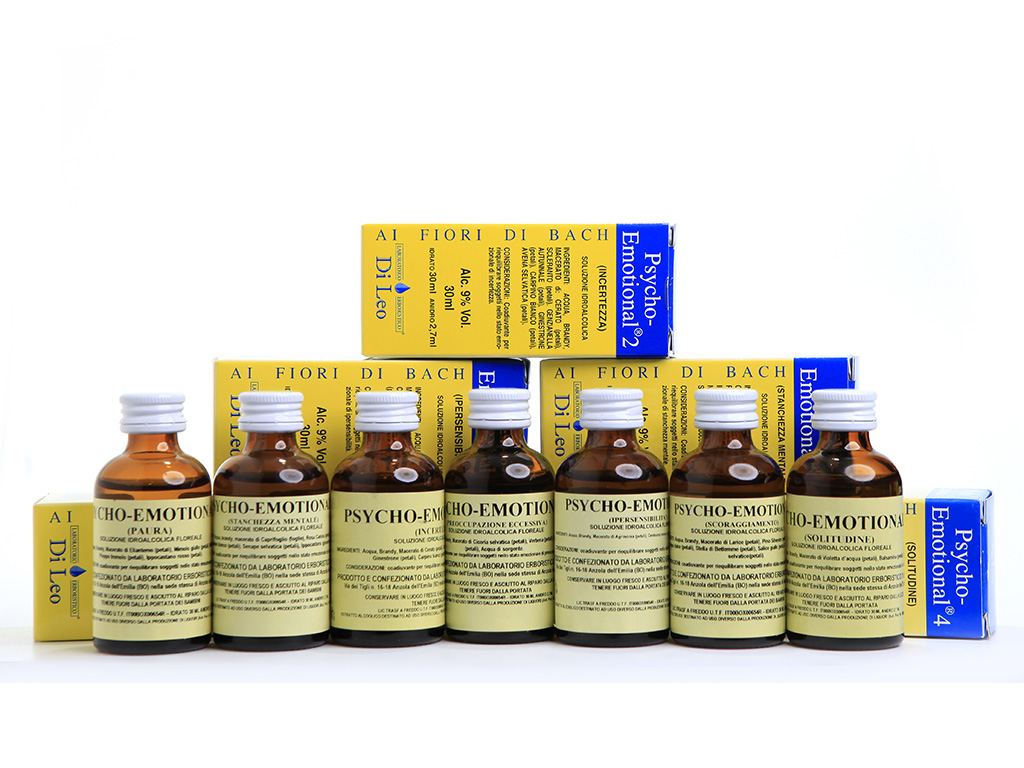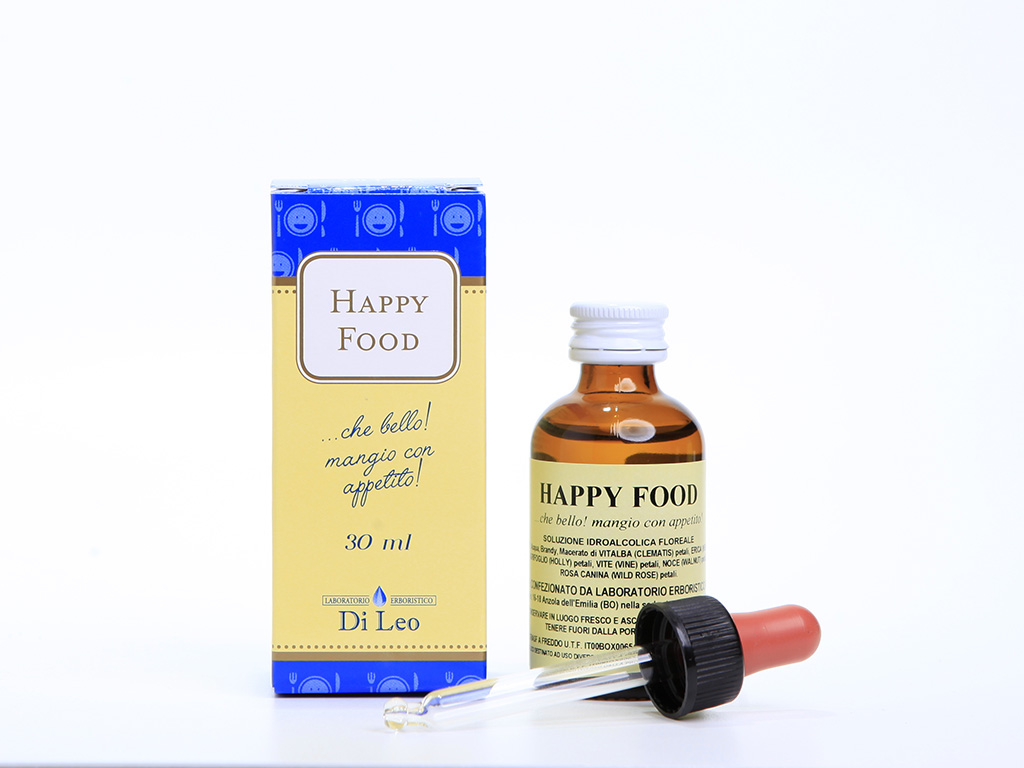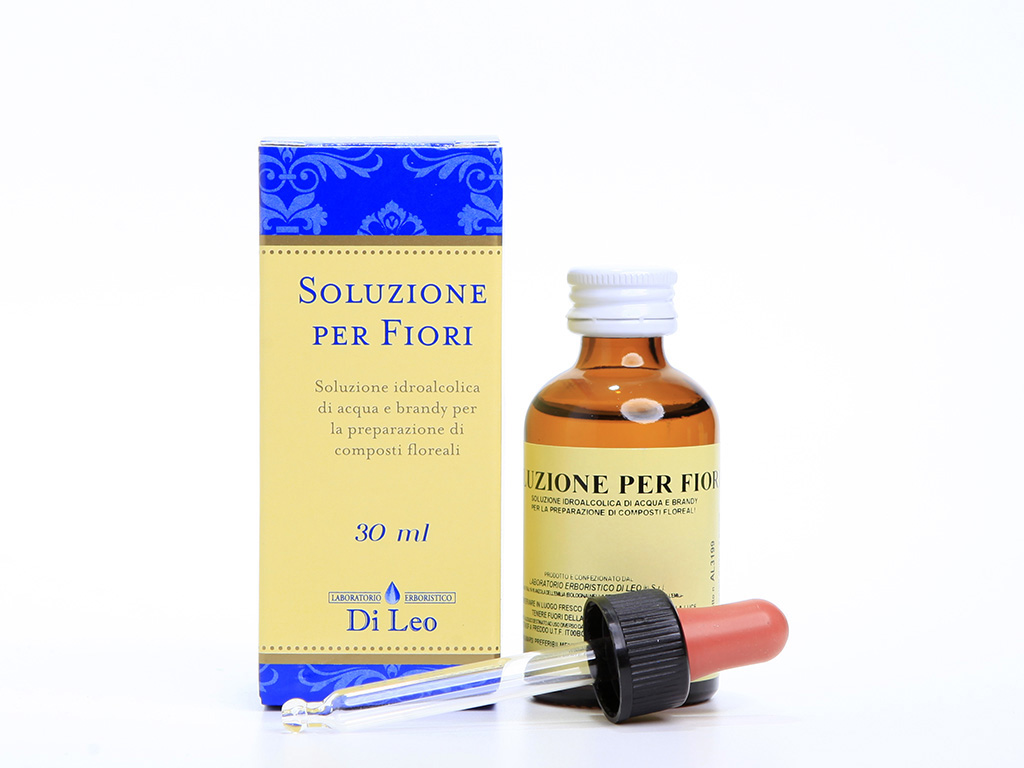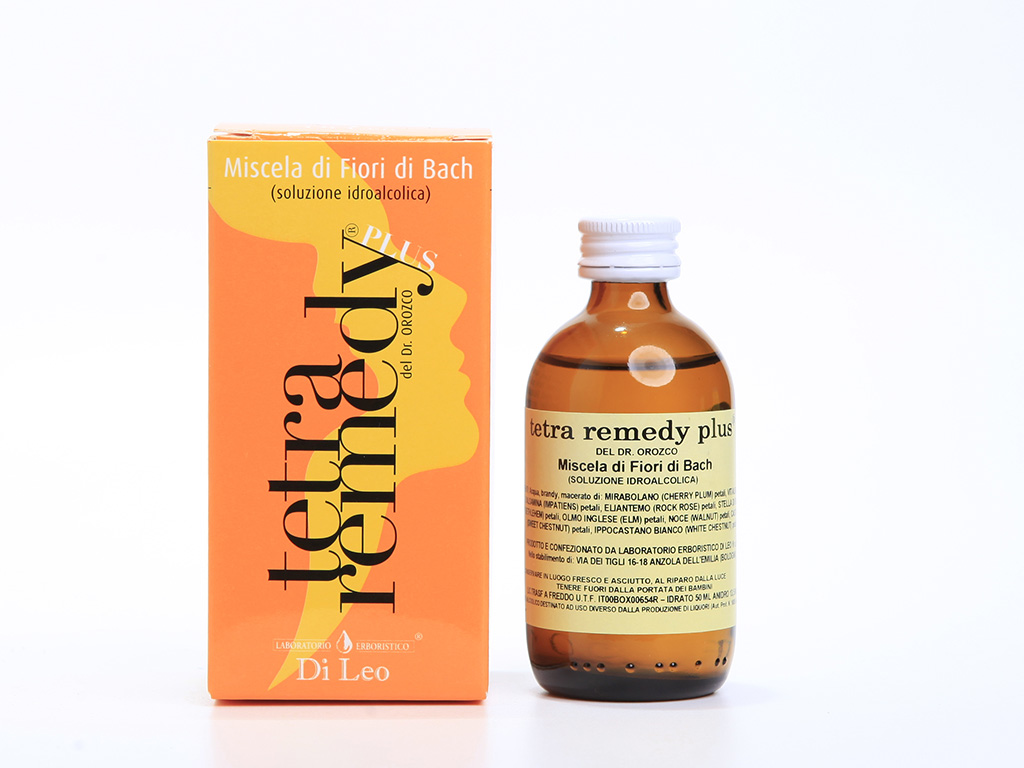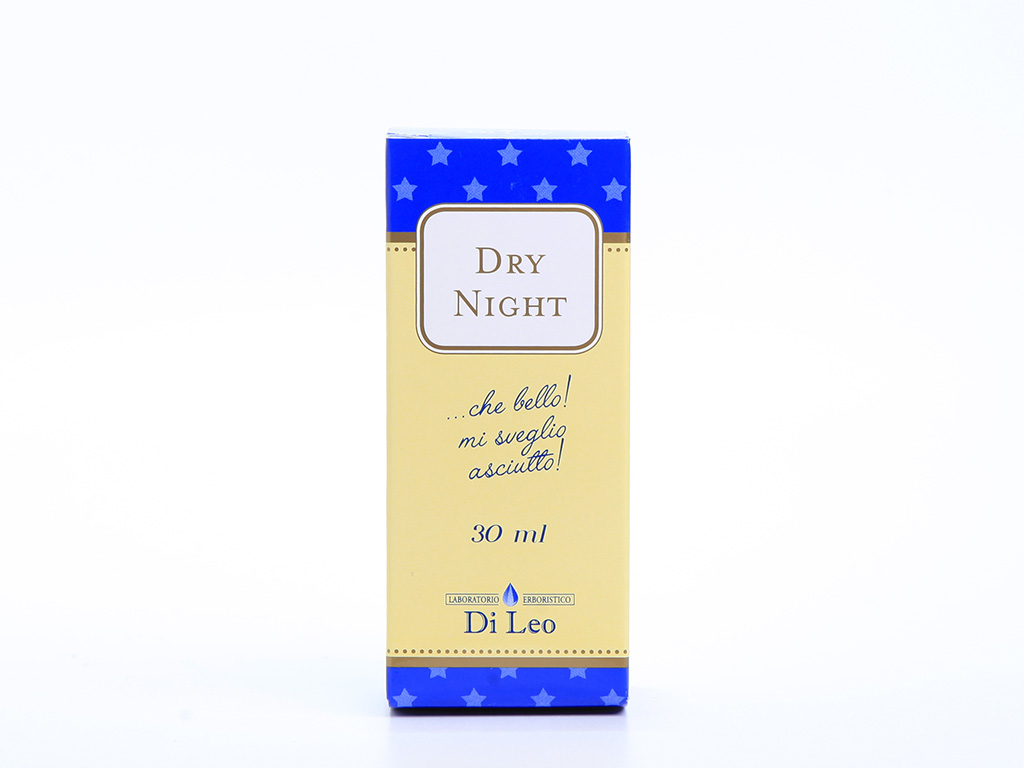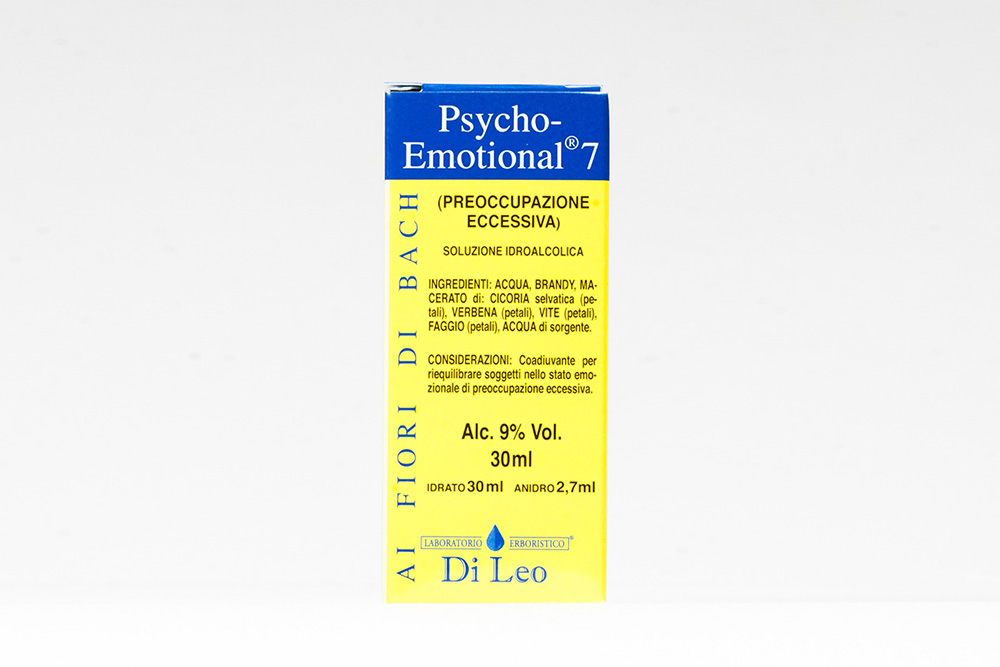Maurizio Di Leo Esq.,
Please find enclosed the HPLC separations carried out on the
Bach Flowers samples you forwarded, together with the analogous
separation of a blend of PLOSE water and brandy.
As I specified on the chromatograms, there are relevant differences
between the samples and the water - brandy blend.
Differences are very substantial in the case of hornbeam,
while they are more vague for the two other chestnut extracts.
Thanks to the special detector employed to identify the components
after separation, it is possible to associate each peak with
a specific ultraviolet absorption spectrum.
The latter kind of information makes matches between the various
tested samples especially reliable, for it enables not only
to state similarities and differences in terms of the time
taken by peaks to move through the column, but also to make
sure that the absorption spectra corresponding to the peaks
are equal to, or different from each other in cases of uncertainty.
Hence every chromatogram is a sort of a "fingerprint" of the
tested product.
Professor Claudio Baiocchi
agrimony, aspen, beech, brandy, centaury, cerato, cherry_plum, chestnut_bud, chicory, clematis, conclusioni, crab_apple, dipartimento, elm, gentian, gors, heater, holly, honeysuckle, hornbeam, impatiens, larch, mimulus, mustard, oak, olive, pine, plose, red_chestnut, rock_rose, scleranthus, star_of_betlhehem, sweet_chestnut, vervain, vine, walnut, water_violet, white_chestnut, wilde_rose, wild_oat, willow,
